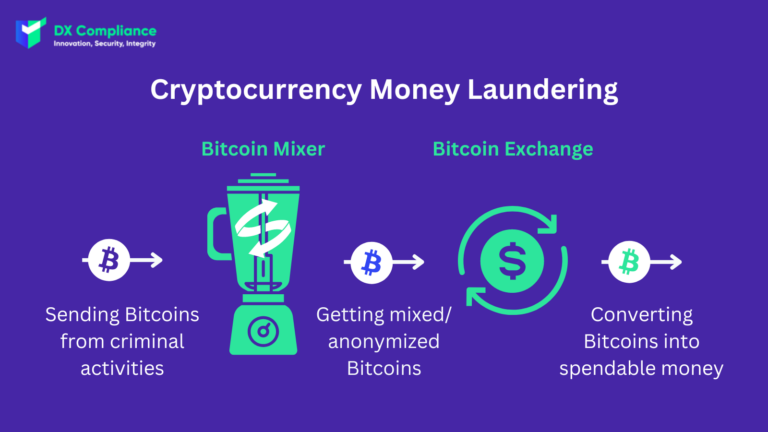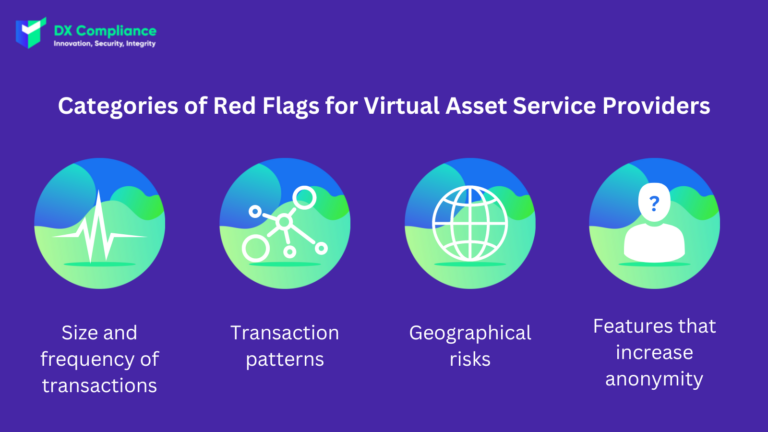1 November 2022, 16:30
Tagline
1 November 2022, 16:30
Tagline
Blockchain, Bitcoin, cryptocurrencies, virtual currencies are part of today’s innovative technologies for the rapid transfer of value around the world. These rapidly evolving technologies have the potential to radically change the financial landscape.
However, their speed, global reach, and anonymity also attract some risks. These include criminals using virtual assets to launder the proceeds of a range of crimes, including drug trafficking, illegal arms trafficking, fraud, tax evasion, cyberattacks, sanctions evasion, child exploitation, and human trafficking.
The Financial Action Task Force (FATF) has taken action to respond to the risk. They are cracking down on legitimate services offered by virtual asset providers being abused by criminals and terrorists to launder money and fund terrorist attacks. It has strengthened its global standards to combat money laundering and terrorist financing. This will ensure transparency of transactions involving virtual assets and keep funds with links to crime and terrorism out of the cryptosphere. At the same time, this reinforces confidence in blockchain technology as the backbone of a robust and viable means of transferring value.
According to the Financial Action Task Force (FAFT), virtual asset service provider means any natural or legal person who is not covered elsewhere under the FAFT Recommendations, and as a business conducts one or more of the following activities or operations for or on behalf of another natural or legal person:

How virtual assets can be abused is illustrated by an example from 2017. That’s when the Wannacry ransomware attack found thousands of computer systems held hostage until victims paid the hackers a ransom in Bitcoin. The cost of the attack went far beyond the ransom payments, causing an estimated $8 billion in damage to hospitals, banks, and businesses around the world.
The following is the progression of the attack:

The FATF has identified red flag indicators for Virtual Asset Service Providers that to help virtual asset service providers identify suspicious activity. Individually, each of these indicators does not necessarily point to a criminal act, but must be considered in context and lead to further monitoring and investigation.
The FATF standards require virtual asset service providers:
Regulation of virtual asset service providers is a challenge for everyone. Virtual asset service providers need to familiarize themselves with the financial regulations that now apply to their sector.
To overcome this hurdle, it is helpful to enlist outside help. They can provide software to stay compliant and detect suspicious transactions.
Know Your Customer (KYC) policy: the first step of the customer check is to verify a customer’s identity. The information collected may include data such as name, date of birth, address and identification number, as well as more detailed information about his transactions such as location, expected transaction patterns and more. All of this information helps assess the risk associated with the customer.
PEP Screening: Politically Exposed Persons (PEPs) are individuals who hold or have held an important public position. This function may, for example, give them influence over the use of taxpayer funds or the awarding of contracts by state-owned enterprises. As such, they are considered by the Financial Action Task Force to be a category of individuals more susceptible to bribery, corruption, and money laundering than most others.
Sanctions Screening: Financial sanctions include asset freezes and prohibitions on offering funds and services. Individual countries and multinational organizations (e.g., the EU and the United Nations) impose sanctions to pressure other countries or organizations to change their behavior. Sanctions can be directed at individuals, specific companies, or entire nations.
Monitoring transactions is an essential part of identifying transactions that are potentially suspicious. As a result, regulated entities must continuously monitor their customers’ transactions.
For Virtual Asset Service Providers, where large volumes of transactions occur on a regular basis, automated AML transaction monitoring systems are the only realistic method of monitoring transactions. However, even when automated systems are deployed, institutions must understand their operating rules, regularly review their integrity, and ensure they cover identified ML/TF risks.
When a customer’s activity is deemed suspicious, a Suspicious Activity Report (SAR) must be filed by VASPs to relevant authorities.
In addition to specific transaction monitoring, ongoing monitoring goes even further. Monitoring also includes identifying changes in the customer profile (e.g., change in information, use of products) and updates that may require the application of new or additional CDD measures.
DX Compliance is an AML and Compliance firm helping our clients identify, prevent and report financial crime. DX Compliance help Banks, FinTech’s and Payments Providers to continually monitor their risk and detect the threat of money laundering to ensure compliance and reduce fines.
DX Compliance offers two products to support our Clients in Europe, the UAE and beyond. A world class real-time AI Transactions Monitoring system and an instant AML Check Platform called CheckAML.
Curious? Please contact our experts!

08.08.2022
An overview of recent AML developments in the UAE.
Get access
15.10.2021
The introduction of 6AMLD regulations aims to reduce financial crimes.
Get access
27.07.2021 AML Compliance
Uncovering the PEP and Sanctions Lists and Global Regulation
Get access